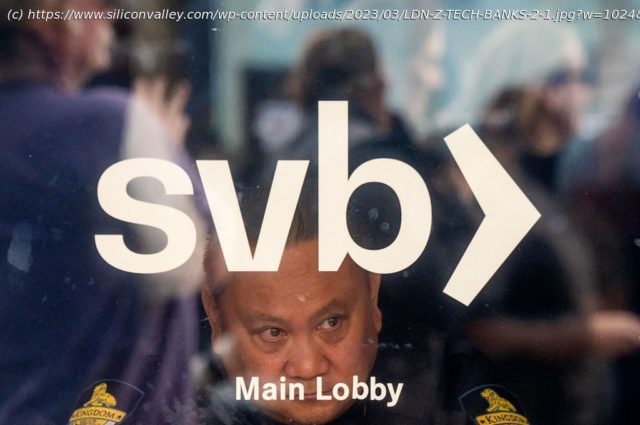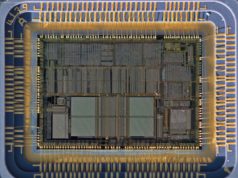Array
The U.S. economy just escaped a 2008-crash-like moment of the pandemic era – a near-collapse of the banking system – because regulators swiftly chose a bailout option for Silicon Valley Bank.
Government officials faced two stark choices after the bank failed last week.
Option #1: Concoct a creative rescue for the bank’s numerous depositors with accounts exceeding the $250,000 insurance cap. It’s a group that includes some of the nation’s cutting-edge companies and wealthiest individuals.
Option #2: Play it by the book and pray gigantic losses on uninsured deposits didn’t spark a run on the nation’s banking system – particularly smaller, regional institutions.
Why choose to save people from their mistakes? Because government officials really had no choice.
The cure, technical actions wrapped within bureaucratic lingo, was actually an unprecedented rescue designed to prevent a broader catastrophe. Let’s ponder some of the questions regulators likely faced as they considered their few, bad alternatives.
Q. Why not play hardball?
A. The bank failed because it made bad bets on the bond market. Discovery of those losses in the bank’s financial statements spooked depositors into pulling out their money, draining the bank’s cash.
So legally speaking, Silicon Valley Bank depositors with more than $250,000 there were in trouble. They were initially warned after the bank was closed by regulators that their funds could be tied up for months in a bank liquidation.
Practically speaking, if losses were the regulators’ final verdict, then bank customers with large deposits everywhere else would rethink where they placed their cash.
This was really about corporate checking accounts for businesses, big and small, that exceeded deposit insurance limits. This money funds payrolls, pays vendors and powers financial services.
Silicon Valley Bank’s uninsured sums were eye-opening.






